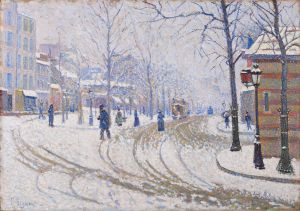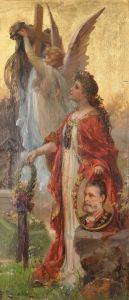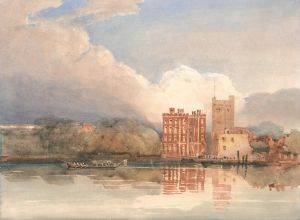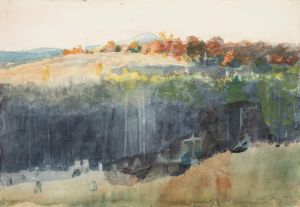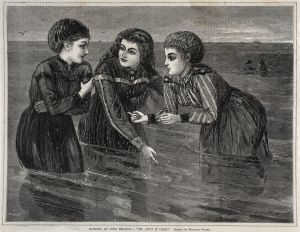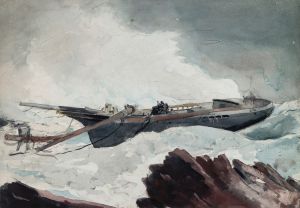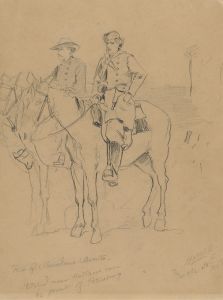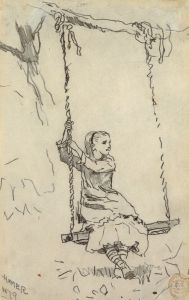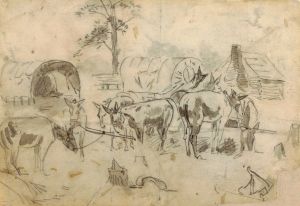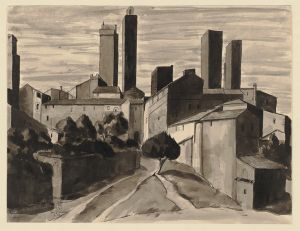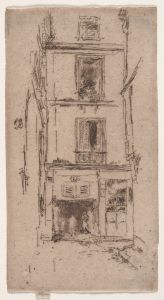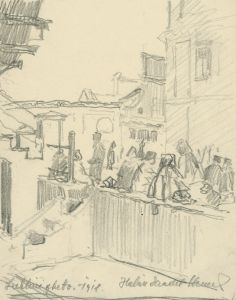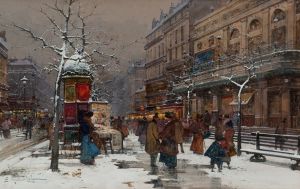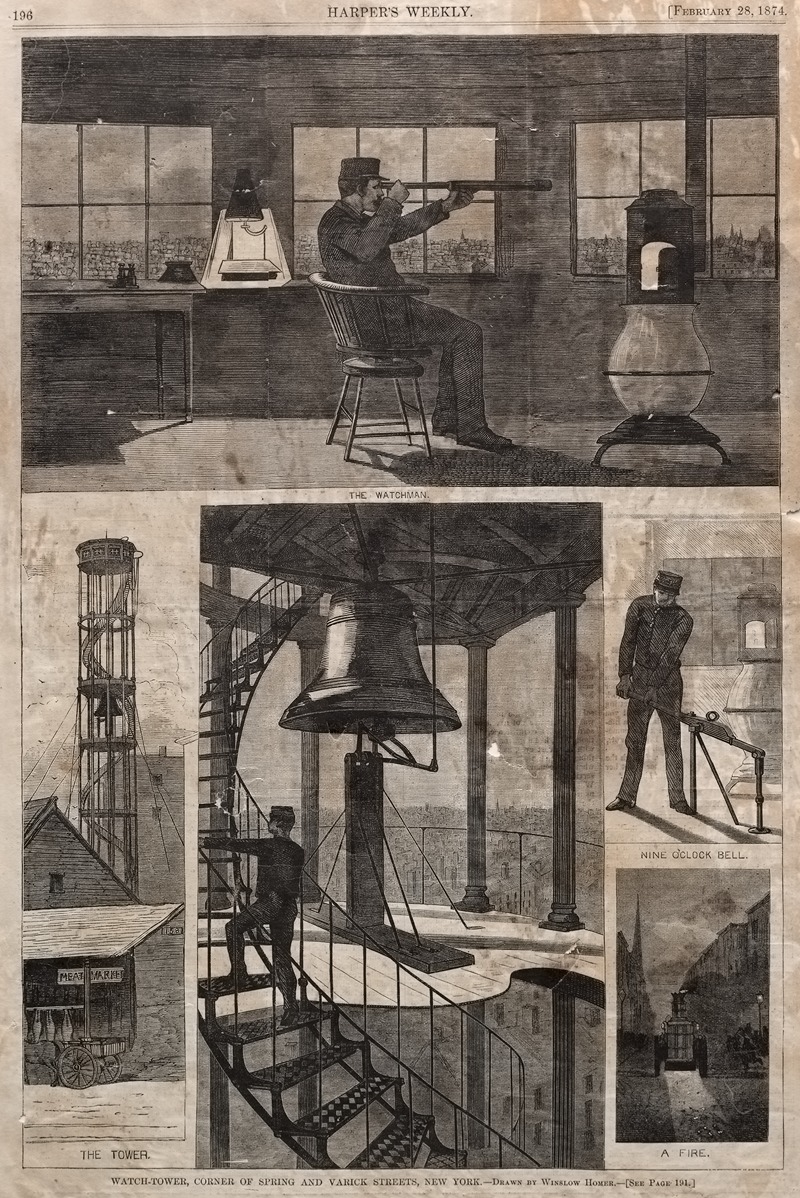
Watch-Tower, Corner of Spring and Varick Streets, New York
A hand-painted replica of Winslow Homer’s masterpiece Watch-Tower, Corner of Spring and Varick Streets, New York, meticulously crafted by professional artists to capture the true essence of the original. Each piece is created with museum-quality canvas and rare mineral pigments, carefully painted by experienced artists with delicate brushstrokes and rich, layered colors to perfectly recreate the texture of the original artwork. Unlike machine-printed reproductions, this hand-painted version brings the painting to life, infused with the artist’s emotions and skill in every stroke. Whether for personal collection or home decoration, it instantly elevates the artistic atmosphere of any space.
"Watch-Tower, Corner of Spring and Varick Streets, New York" is a watercolor painting created by the American artist Winslow Homer in 1869. Homer, known for his contributions to American art during the 19th century, was a prominent figure in both illustration and painting. This particular work reflects his early career, during which he frequently depicted urban and everyday scenes, often capturing the social and cultural atmosphere of the time.
The painting portrays a street corner in New York City, specifically at the intersection of Spring and Varick Streets. The composition includes a watchtower, which was likely part of the city's fire alarm system. In the mid-19th century, New York City utilized a network of watchtowers to monitor for fires, a critical function in an era when fire outbreaks were a significant threat to urban areas. These towers were manned by watchmen who would sound alarms to alert the community and summon firefighters.
Homer's watercolor technique in this piece demonstrates his skill in capturing light, shadow, and architectural details. The painting provides a glimpse into the urban environment of New York during the post-Civil War period, a time of rapid growth and transformation for the city. The scene is rendered with a sense of immediacy and realism, characteristic of Homer's work during this phase of his career.
While Winslow Homer is best known for his later works depicting rural life, seascapes, and scenes of nature, "Watch-Tower, Corner of Spring and Varick Streets, New York" is an example of his earlier focus on urban subjects. This painting is part of the collection of the Cooper Hewitt, Smithsonian Design Museum in New York City, where it remains an important example of Homer's exploration of city life and his mastery of watercolor as a medium.
The historical significance of the painting lies in its documentation of a specific time and place in New York City's history, as well as its connection to the broader narrative of Winslow Homer's artistic development.





